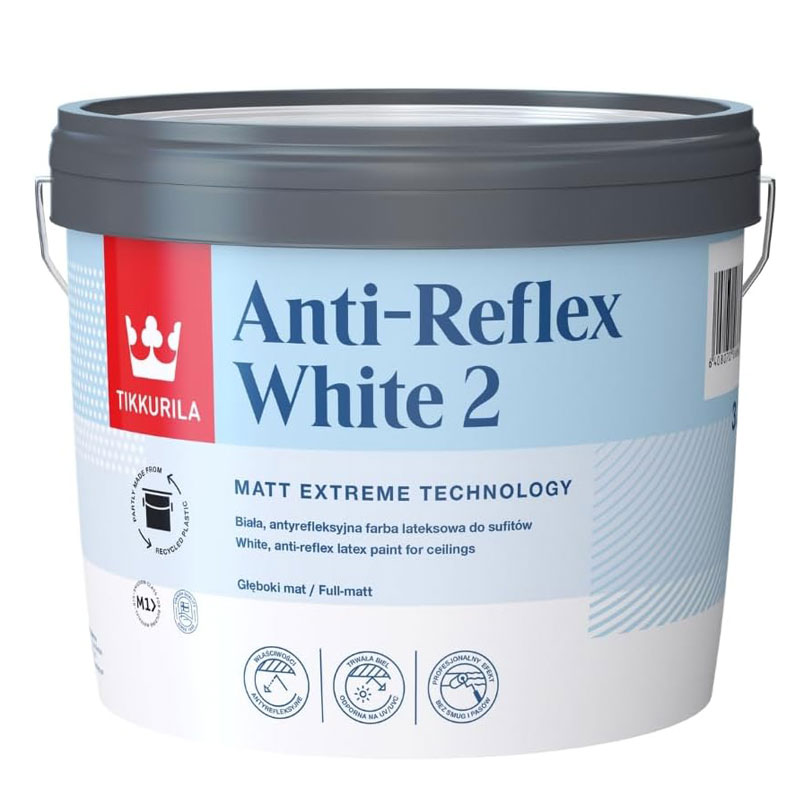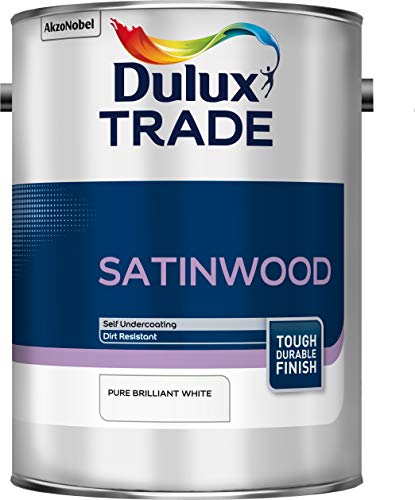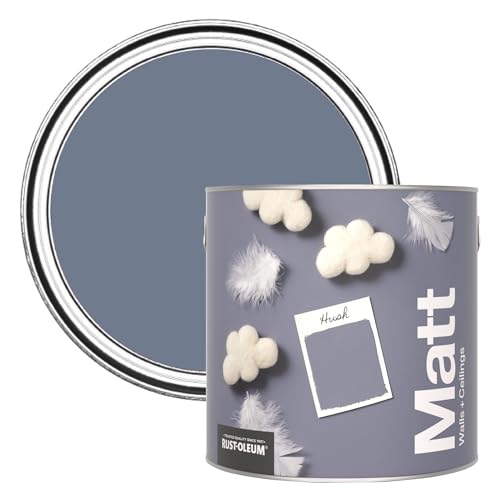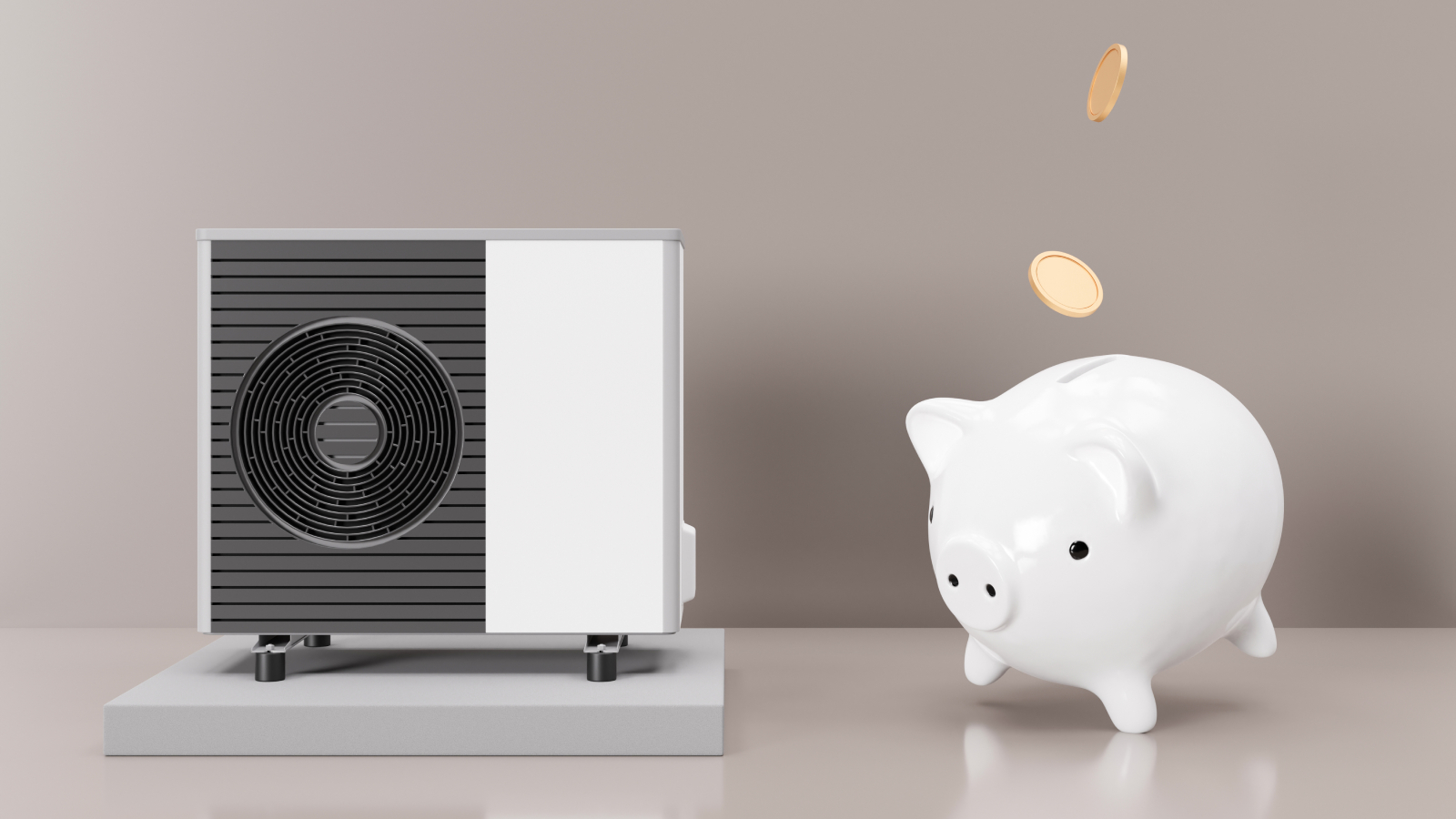How to choose the right type of paint for your next paint project and why it matters
In this go-to paint guide, you’ll discover the differences between satin, matt, gloss and more to help you make the right choice
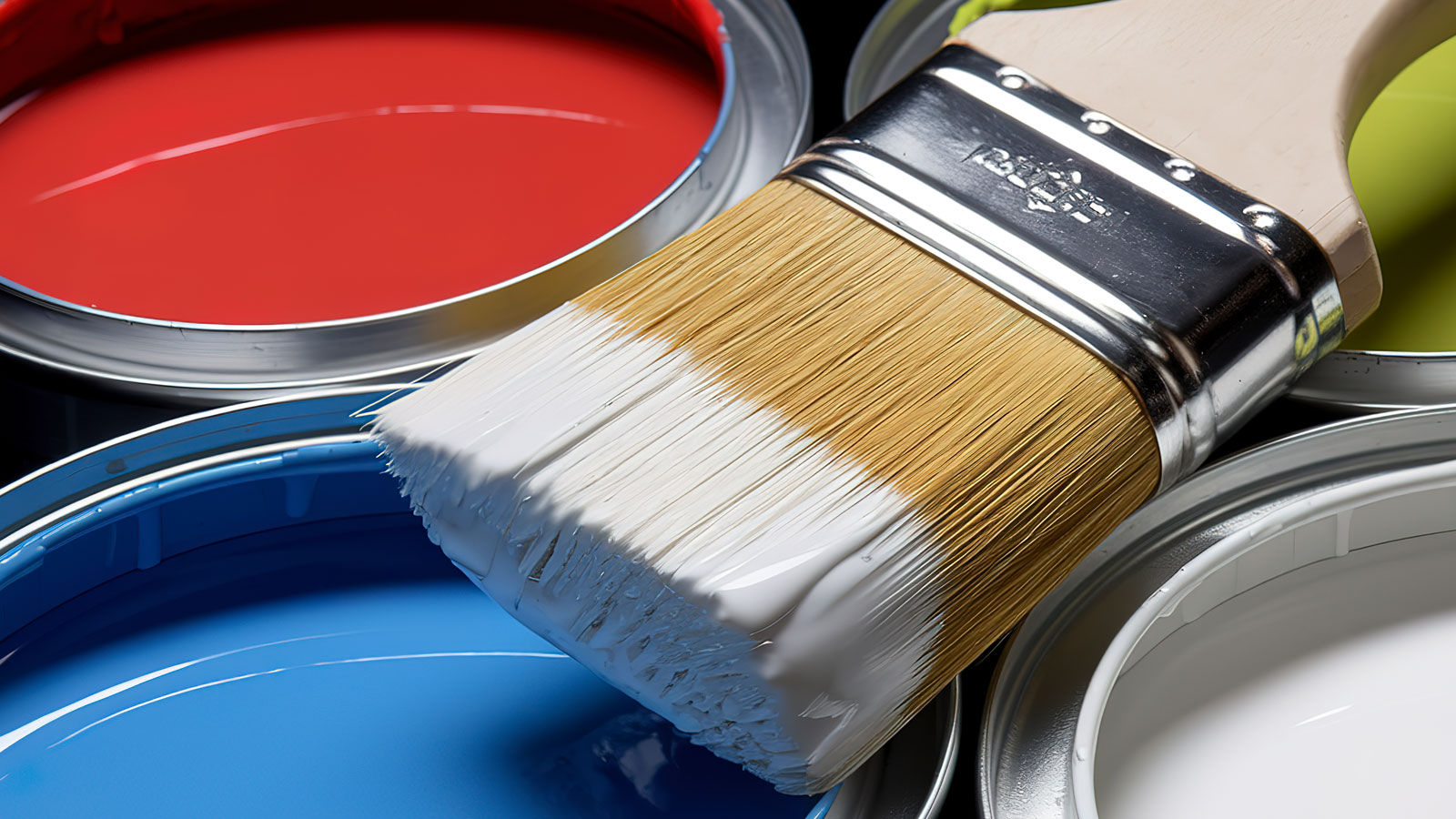
Choosing the right type of paint for the surface you are working on is essential if you want it to last for years to come. Pick a paint that’s designed to work on wood, and use it elsewhere, you simply won’t get the durability or longevity.
Then you need to think about the finish. A matt paint is a great choice when painting a wall as it helps hide imperfections. Select a high gloss finish, and its reflective surface will show up every fault and flaw. But it is more durable and easier to clean.
Choosing the right paint for a project is a balancing act, and we are here to help you make the right choice.
What are the different types of paint?
There are many different types of paint to choose from, but while some vary in their finish, others are defined by its ingredients or its usage.
This guide will break down the most commonly used paints around the home so you can get to grips with what the differences are between them.

Keely Smith is the lead interior designer at JD Elite interiors. She has over 10 years' experience working with design studios, private companies, and as a freelance designer. Keely specialises in creating custom, client-centred spaces that blend functionality with timeless style.
1. Oil-based paint
Oil-based paints are often the choice of the professional painter. They provide a durable hard finish that is water-resistant, are good at stain-blocking and provide good adhesion.
Keely Smith, lead interior designer at JD Elite Interiors, reveals where it is best used: “Oil-based paint cures into a very hard, smooth shell. I turn to it for painting doors, trim, skirting boards, bannisters, and kitchen cabinets, and for exterior wood that gets handled a lot.” She adds, “Oil-based paints level well, so brush marks are less visible, and it stands up to scuffs and stains.”
Bring your dream home to life with expert advice, how to guides and design inspiration. Sign up for our newsletter and get two free tickets to a Homebuilding & Renovating Show near you.
However, the trade-offs are real as Smith shares, “Oil-based paints take longer to dry, it has a stronger smell, they can yellow in low light, and they require solvent for cleanup.” She adds, “For many heritage or previously oil-painted surfaces, it still gives the most durable result.”

With a passion for all things creative, colour expert Bailey Oates brings a wealth of expertise to the eco-friendly paint company Earthborn. Specialising in interior design and photography, Bailey has been an integral part of the Earthborn marketing team for over three years.
2. Water-based paint
The evolution of water-based paints means that they are nearly (but not quite) as durable as oil-based paints, but have several key advantages. Bailey Williams, Colour expert at Earthborn, points out a few, “For starters, it’s kinder to the environment and to you, it has lower VOCs, which are the volatile organic compounds the fumes paints give off, so the air stays cleaner and there’s no strong chemical smell hanging around for days.”
They are typically dry much quicker and are easier to apply with a brush or roller – so popular with DIYers. And beyond its eco credentials, clean up is much easier as Williams explains, “You can clean your brushes and rollers with just warm, soapy water, no harsh white spirit or turpentine needed.” She adds, “Plus, it dries quickly, so you’re not waiting ages between coats, and the colour stays truer for longer. Unlike oil-based paints, it won’t go yellow over time.”
Emulsion, satin, gloss and matt paint are often water-based and are great for interior walls, windows, doors and painting skirting boards.
Try these paints for your next project
3. Emulsion paint
Emulsion is a water-based paint that is typically used for walls and ceilings. Smith explains how it works, “Pigment sits in a binder, usually acrylic or vinyl, which locks the colour to the surface as the water evaporates. It dries quickly and has a mild smell.”
She adds, “Common finishes include matt, soft sheen, silk, satin, eggshell, and sometimes gloss.” But the most commonly used finishes are matt and silk. Smith quickly explains the differences: “Matt gives a flat look that hides flaws, while silk reflects more light and is easier to wipe.” This makes it ideal for painting a ceiling and walls that might not quite be perfect
A popular variation is Vinyl Matt, which is typically more durable than straight matt. Smith explains further, “Vinyl Matt is an emulsion that uses a vinyl binder and dries to a flat, not reflective finish.” She adds, “It hides imperfections well and touches up cleanly, which is why I like it for living rooms and bedrooms.”
4. Gloss and semi-gloss paint
Gloss has a very high sheen, while semi-gloss has a slightly lower (but still high) sheen which gives a luxurious looking finish. Typically used for wooden trim such as skirting boards, door frames, doors and windows, but can be used on walls as well.
The best gloss paints produce a hard-wearing finish that is easy to clean. But its high sheen means it reflects a lot of light and will show up surface imperfections. To get a good finish you will need to do a little more prep.
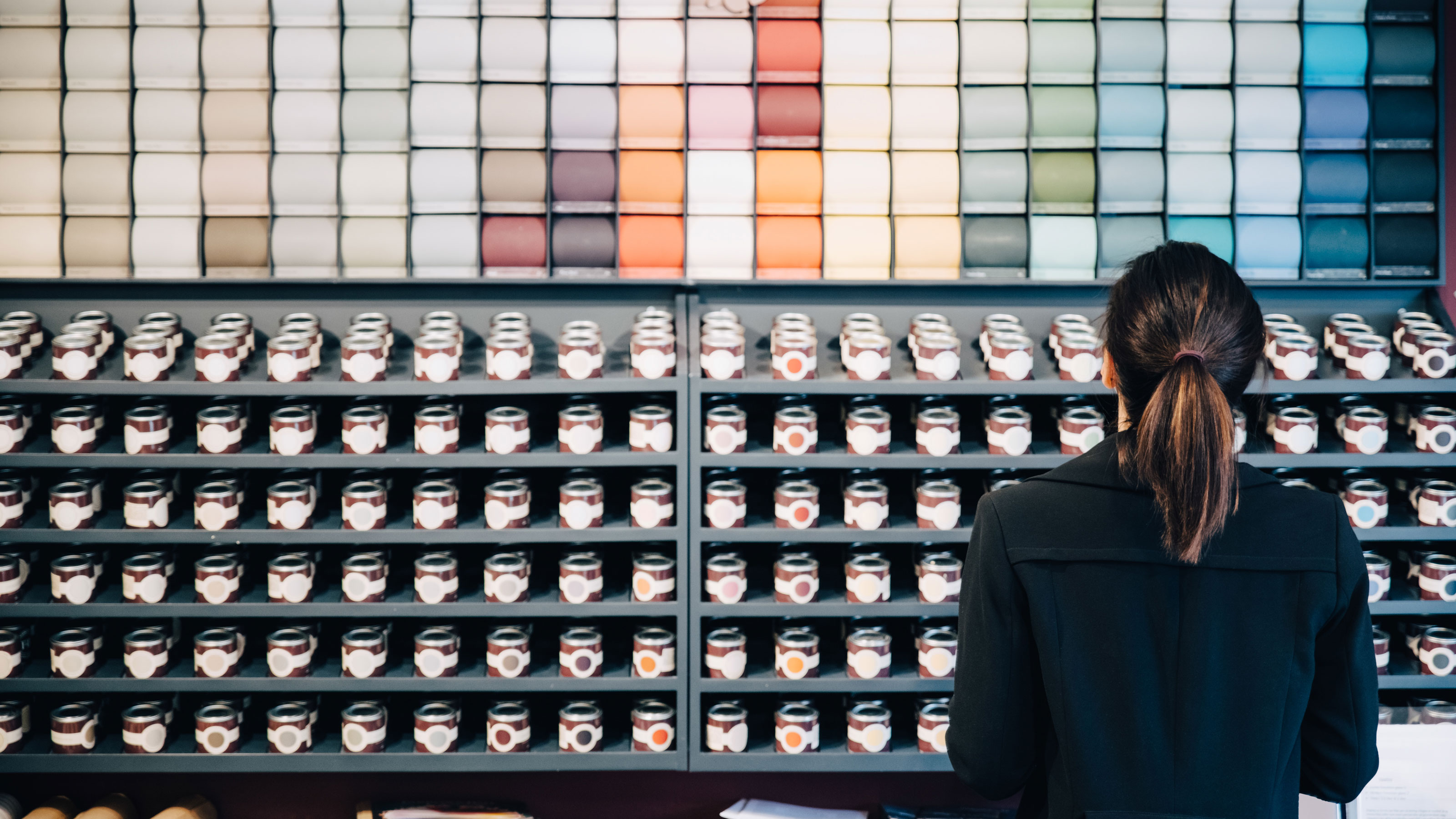
5. Satin paint
Satin paint is like a mid sheen gloss paint. It has a finish that sits somewhere between matt and gloss and you'll often see people weigh up satin vs gloss, especially on woodwork such as doors, windows and skirting boards. It's less reflective surface means it shows fewer imperfections and creates a more subtle finish. It is typically durable, and wipeable to get rid of any dirty finger marks.
6. Eggshell paint
Eggshell has a low sheen, but a higher sheen than matt paint and has a finish similar to that of an eggshell – hence the name. Comparing eggshell vs satin, this paint is similar in appearance but typically has a slightly shinier sheen. It works well on woodwork for a durable finish that can be wiped clean when needed.
7. Primer paint
Primer is a key ingredient for helping paint adhere to a surface such as walls, wood and metal. It is the first coat that helps seal the material being painted and creates a base for the following coats.
It’s worth noting that while primer and undercoat are similar, they are not the same as Williams explains, “They sound similar, but they do different jobs. Primer is what you use when you need to get a tricky surface ready for paint such as bare wood, chalky plaster, stained walls and if there is any discolouration.” She adds, “It helps the paint stick and gives you a solid base - there are different primers available for different needs.”
Like primer, undercoat is not a top coat paint, but it works slightly differently as Williams shares, “Undercoat, on the other hand, is more about evening things out, especially if you’re going from a dark colour to a light one.”
She adds, “You don't always need to use one if your walls are already in good condition, you can usually go straight on with your paint. For woodwork that’s been painted before, a quick sand might be all you need before your fresh coat.”
8. Spray paint
Spray paint typically comes in a can and is used to paint small surface areas such as chairs and cupboard doors as it provides a smooth even factory style finish.
It is quick and easy to apply, but you need to make sure that you apply thin even coats to stop runs. It typically has a strong odour and will leave fine spray around painted areas so need to prep and cover to keep these areas free from paint.
9. Enamel paint
There are a lot of varieties of enamel paint, but they work well on surfaces such as metal, wood and concrete and dry to a hard durable finish. In the home, enamel based paints are ideal for painting kitchen cabinets due to their toughness and typically gloss finish.
10. Masonry paint
Masonry paint is a paint that is typically used on exterior surfaces (but can be used indoors) such as brick, stone, concrete, plaster and pebble dash. The best masonry paints provide good long-lasting weatherproofing and protection. They come in two finishes – smooth and textured. Smooth is easier to clean while textured is the better choice for hiding imperfections but is harder to clean and will need cleaning more often.
11. Speciality paint
Some materials and surfaces require a specialist paint to get the best finish. There are a host available on the market that are specially tailored for a specific job. For example if painting tiles is on your to-do list, you can purchase tile paint that adheres well to shiny surfaces. You might need a paint that is resistant to high temperatures like a stove, want extremely hard wearing floor paint for painting floorboards or create an on-wall chalkboard.
Whatever specialist paint job you have in mind there will be a specialist paint for it, and thankfully they're relatively easy to identify as they're usually called whatever they're meant to be used for.
If you’re considering a matt finish for your room, check out our what is vinyl matt paint guide. To make sure you get the best finish, you need to know how long paint takes to dry and check our tips to stop paint peeling as well.
Steve Jenkins is a freelance content creator with over two decades of experience working in digital and print and was previously the DIY content editor for Homebuilding & Renovating.
He is a keen DIYer with over 20 years of experience in transforming and renovating the many homes he has lived in. He specialises in painting and decorating, but has a wide range of skills gleaned from working in the building trade for around 10 years and spending time at night school learning how to plaster and plumb.
He has fitted kitchens, tiled bathrooms and kitchens, laid many floors, built partition walls, plastered walls, plumbed in bathrooms, worked on loft conversions and much more. And when he's not sure how to tackle a DIY project he has a wide network of friends – including plumbers, gas engineers, tilers, carpenters, painters and decorators, electricians and builders – in the trade to call upon.
